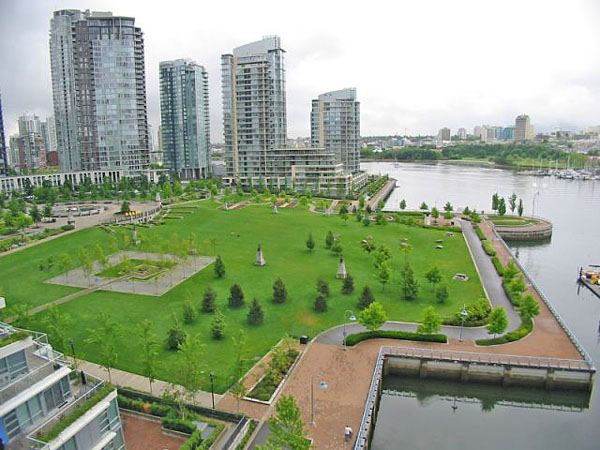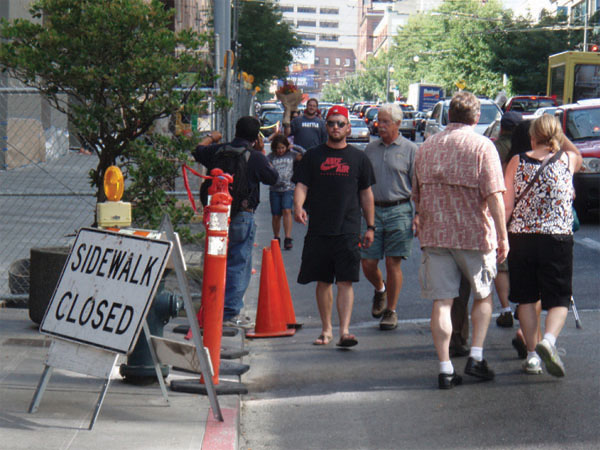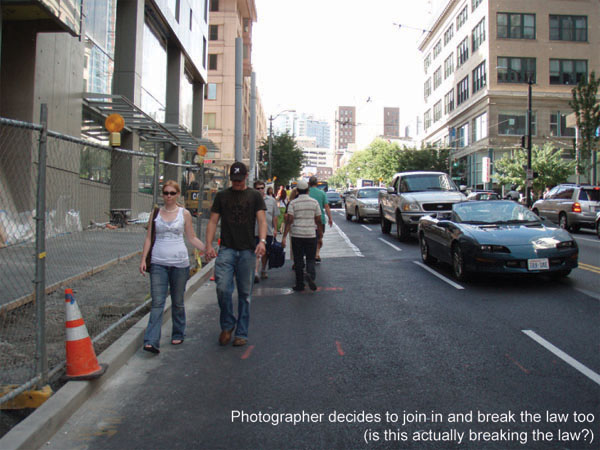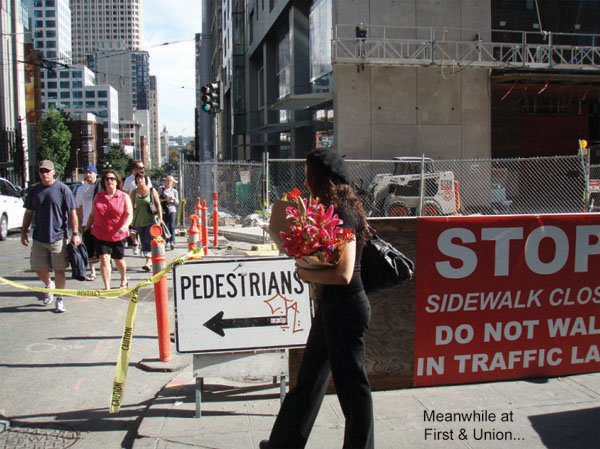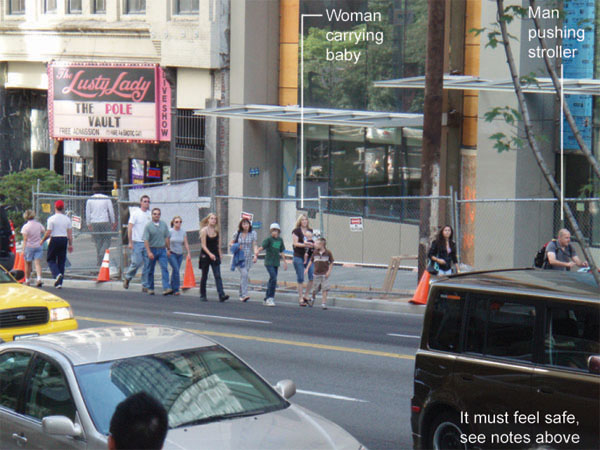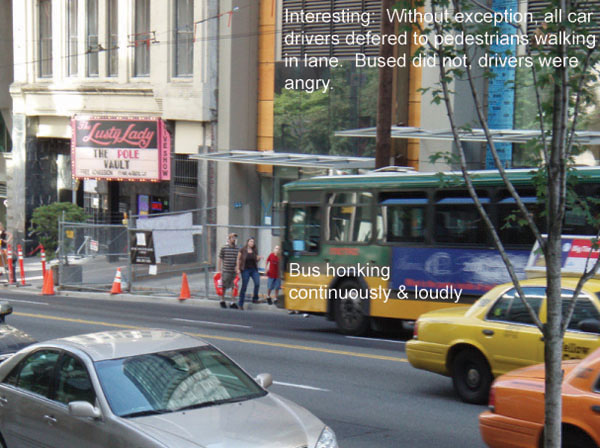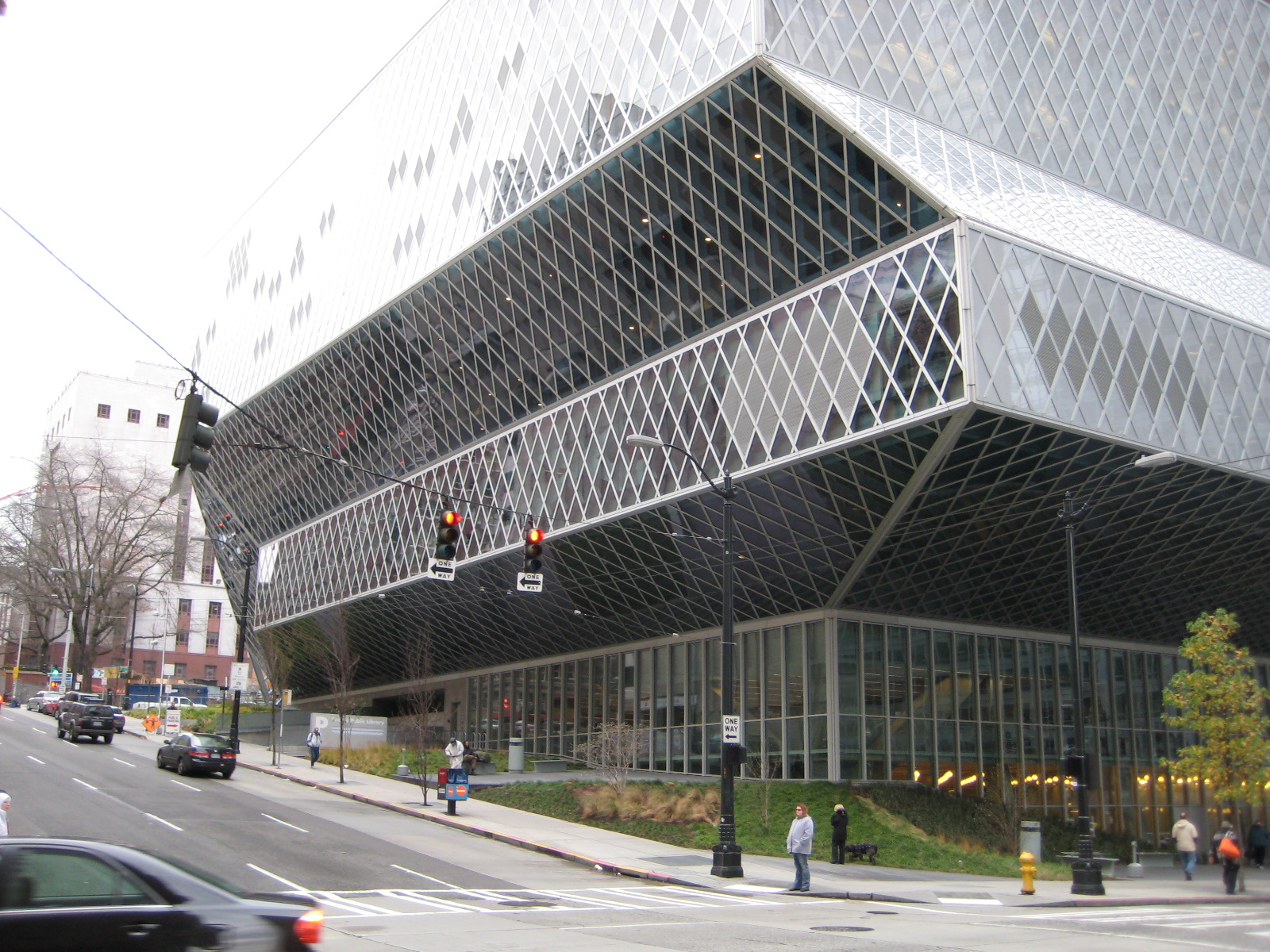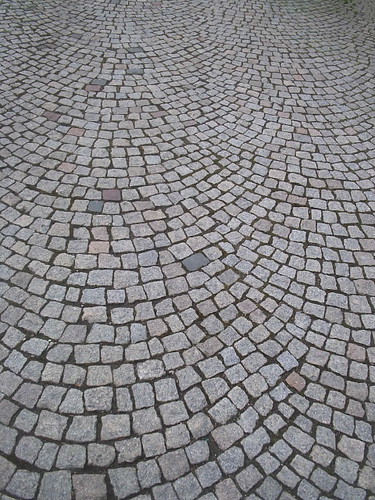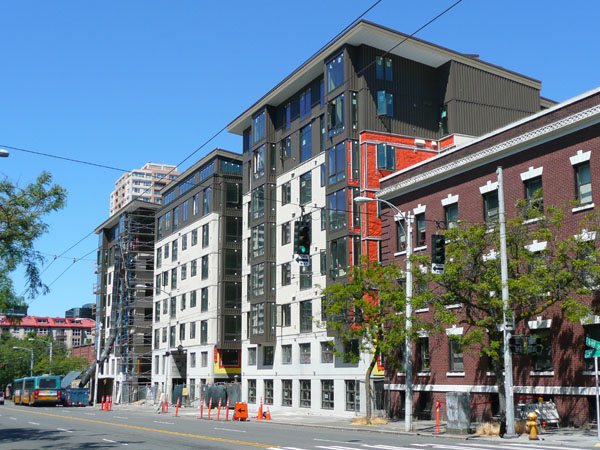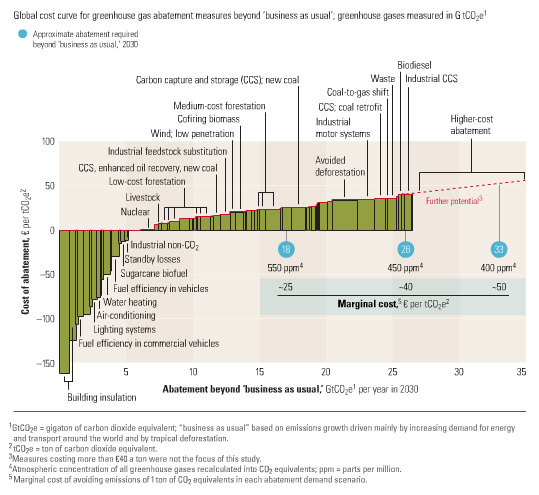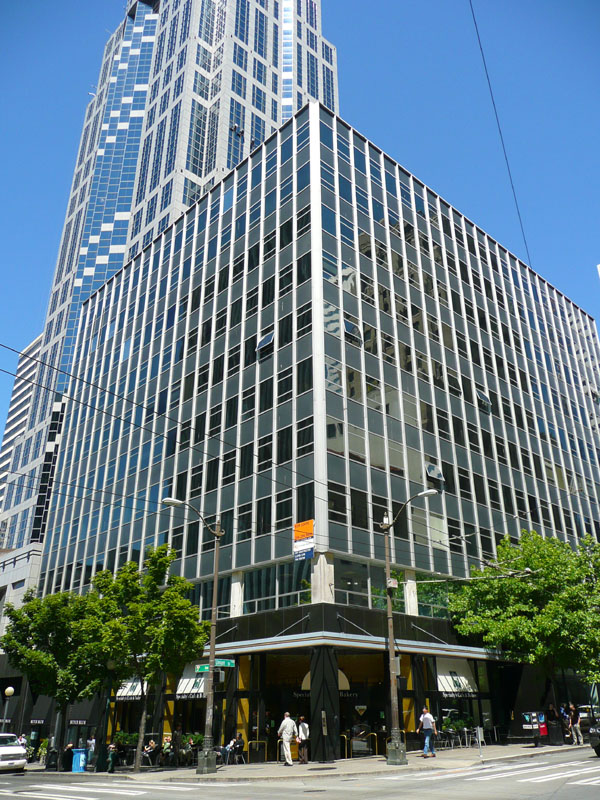Several of the Most Sincere Apologies in Advance
…for beating this deceased-and-decaying-horse cycling issue a little longer with the following three riffs:
1.) Field Report: Today on my two-mile ride to work downtown, I encountered three cars not using turn signals. Then on my way home, I saw three bikes run a red light at 4th and Pike. Which behavior is more cause for concern?
2.) My “bicycles don’t matter” rant has received more comments than any other hugeasscity post, which is a telling demonstration of the the post’s main premise. But oblivious was I to the rich flamefest that ensued over at SLOG when Erica Barnett posted an excerpt. Oh my, such language! Comment number two is my all time favorite. Thank you esteemed SLOG commenters for doing such a smashing job of proving my original point about how people get absurdly riled up over something so innocuous as bicycles.
3.) Did anyone see the August PI opinion piece on why cyclists should never ever break any traffic law? I may be suffering from delusions of grandeur, but I couldn’t help wondering if the author was responding to something he read on hugeasscity. So I fired off a letter to the editor at the PI, but alack, it didn’t make the cut. At the risk of becoming even more of a pariah among the cycling community, here is the text of the letter:
The most revealing aspect of John Bealaurier’s contention that “running that red light on your bike is not a victimless crime” is his rationalization for it. It’s not that the action itself is directly responsible for any harm. Rather, it is because the action could annoy drivers, provoking them to drive unlawfully and harm cyclists. Got that? It’s sort of like claiming that marching in a pro-choice rally is not victimless because it might provoke some nutcase to go off and assasinate a doctor. And drivers that intentionally endanger the lives of others with their cars are exactly that: nutcases. There is absolutely no excuse for playing irresponsibly with a lethal weapon.
When people preach that cyclists must obey every traffic law or else expect to face the wrath of homicidal drivers, I would argue that in the long run, they are actually doing cyclists a disservice. Because through this aquiescence, they are in effect accepting sociopathic drivers as a fact of life, and are thereby perpetuating the norm in which too many drivers are allowed to get away with being lawless in their handling of a deadly machine.
And this isn’t just about cars and bikes. This is about a society in which there is a massive disconnect between the risk imposed by cars, and the lack of seriousness with which we take their operation. I respect the work and goals of the Seattle Bicycle Advisory Board, but I would encourage them to worry less about cyclists bending traffic laws, and more about how to repair that disconnect. And in the mean time, I’ll follow Bealaurier’s logic and only run red lights while no mentally unstable drivers are looking.

